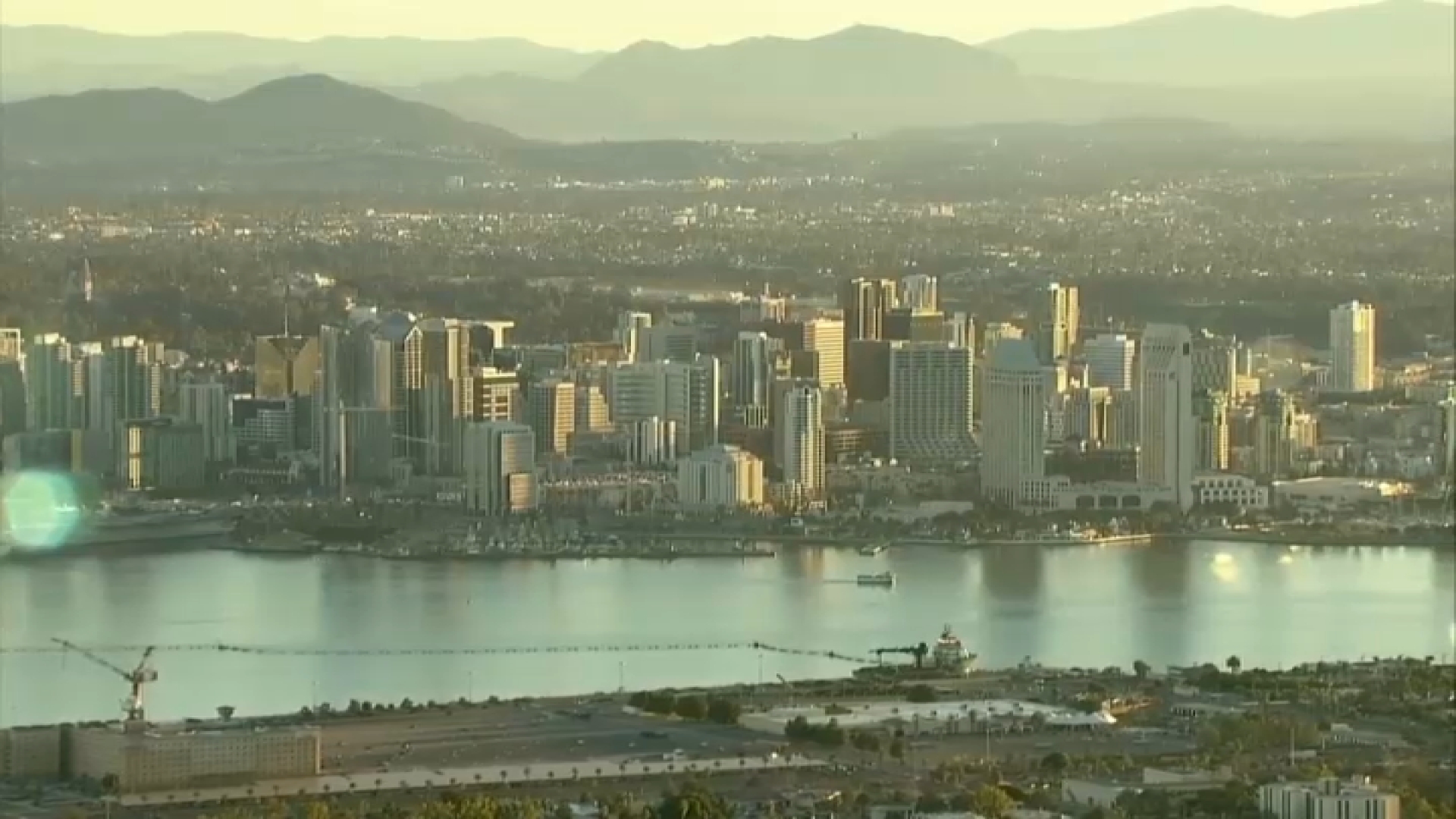The question of when an officer can use force is central to the national dialogue on police shootings, and though policies vary from police department to police department, there are county and statewide protocols that all agencies follow.
In the wake of the deadly shooting of unarmed 38-year-old Alfred Olango, NBC 7 took a look at those policies and how often police use fatal force.
For all of 2014, 2015 and 2016, El Cajon police have been involved in a total of three officer-involved shootings; two of which were fatal.
El Cajon neighbors San Diego’s eastern border with a population of 103,688, according to 2015 census numbers.
The last police shooting in El Cajon, was in January 2016 and involved Kelsey Hauser, a 25-year-old white female who was a passenger in a stolen car.
Police said the driver of that car first led police on a high-speed chase then reversed toward an officer after hitting a patrol car.
In August, District Attorney Bonnie Dumanis issued a letter to the agency saying the El Cajon officer’s use of deadly force against Hauser was expected and reasonable under the circumstances, and the officer was not criminally liable.
Local
On Tuesday, El Cajon police shot and killed Olango.
El Cajon Police Chief Jeff Davis said Olango was behaving erratically, walking into traffic and when officers contacted him, he lifted an object from his pants, pointed it at officers while taking a shooting stance.
The object was later confirmed to be a vape smoking device that had a 3-inch long cylinder attached to a 4-inch by 2-inch vape box.
Davis said the El Cajon Police Department and the District Attorney’s office will investigate.
The shooting of an unarmed black man has sparked outrage, grief and violent protests in El Cajon and the San Diego region that mirror scenes across the nation.
Numbers for how often police shoot citizens are hard to come by on a nationwide scale.
Until last month, the federal government did not keep a comprehensive record of police killings.
Spurred by national unrest over a series of controversial deaths, the Department of Justice announced in August it will now actively work to document and confirm fatal cases of police shootings.
According to a data compiled by The Washington Post, 715 people have been shot and killed by police across the nation in 2016.
NBC 7 reviewed the data for 2015 through 2016 and found the top five cities with the most fatal police shootings are Los Angeles, Houston, Phoenix, Chicago and Las Vegas.
- Los Angeles 24
- Houston 21
- Phoenix 21
- Chicago 16
- Las Vegas 15
The City of San Diego was 28th on the list with seven fatal shootings. No data yet exists that includes per capita rates or ranks the number of shootings compared to population.
Law enforcement officers are trained to use deadly force if they reasonably believe there is an imminent threat of deadly force against them, other officers or a member of the public.
National City Police Chief Manuel Rodriguez said integral to the standard is the idea of “reasonableness,” and an evaluation of the totality of the circumstances, and what the officer knows or believes at the time of the shooting without the benefit of hindsight.
“A lot of times what people don’t understand is the penal code gives the officers the authority to use the force necessary to overcome resistance or avoid someone from getting seriously injured or killed,” said Rodriguez. “So, when an officer is faced in a situation where he feels his life is in danger then he’s able to respond with deadly force.”
Tuesday night, El Cajon police released a single still photo captured from a witness’ cell phone that shows Olango’s encounter with police.
Rodriguez said Thursday he doesn’t believe any reasonable person could look at the picture, which shows Olango’s hands up in a shooting stance with a gun-shaped object pointed at an officer, and conclude lethal force was unreasonable.
“With the public information available, I think you can make a reasonable assessment that most people wouldn’t take a shooting stance and point an object at an officer that looks like a gun because there can only be one outcome usually when that happens,” Rodriguez said.
But hundreds took to the streets Thursday in El Cajon for a second night to protest the shooting.
“This killing, we do not believe was justified,” said Rev. Shane Harris, president of the San Diego Chapter of the National Action Network (NAN). “[Olango] was attacked, and he was not given the opportunity to live.”
Harris said the photo does not tell the full story of what happened during the deadly encounter and called on the El Cajon police to release the full video.
Recently, District Attorney Bonnie Dumanis issued new protocols for the disclosure of officer involved shooting video evidence. The new practice says agencies will release video “as soon as it’s appropriate to do so.”



